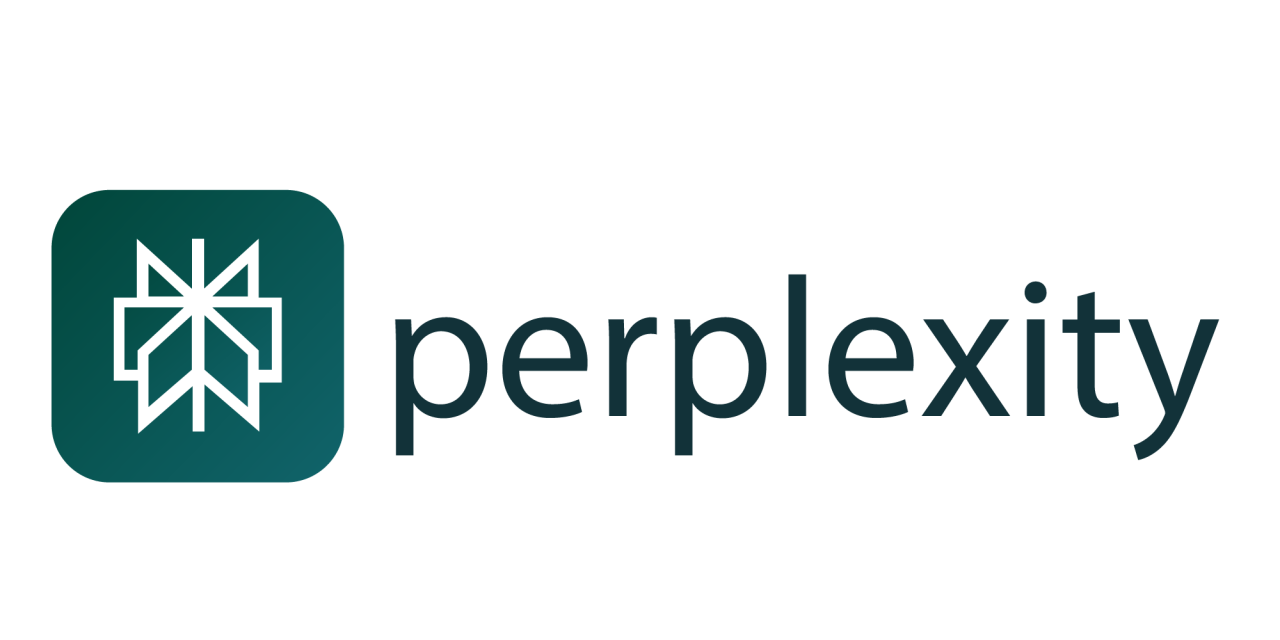Perplexity to overtake traditional search engines like Google and Bing? In this article, we’ll compare the two models, examine their strengths and limitations, and see whether AI-powered search could be the new standard in 2025.
What is Perplexity & How Does It Work?
Perplexity (and tools like it) represent a new class of search tools often described as AI-answer engines. Rather than merely returning a ranked list of links, these tools:
- Understand user queries in natural language, including follow-ups.
- Retrieve information from multiple live sources and synthesize an answer.
- Provide the sources used (citations or links) alongside the answer to allow verification.
- Aim to reduce user effort—less clicking and browsing, more getting the answer directly.
This is made possible by combining large-language models (LLMs) with retrieval mechanisms (sometimes called Retrieval-Augmented Generation or RAG), live web crawling or indexing, and conversational interfaces.
How Traditional Search Engines Operate
On the other side, you have Google, Bing, and others—“traditional” search engines with decades of development behind them. Their basic architecture includes:
- A large web index built over years, including billions of pages.
- Algorithms that rank pages based on many factors: relevance, page authority (backlinks), freshness, user behavior, SEO signals, etc.
- Returning search results as ranked links (organic listings), supplemented with ads, features (snippets, “People also ask,” image/video/carousel results), maps, etc.
- Heavy investment in infrastructure, user personalization (search history, location), and UX optimizations.
Advantages of AI-Powered Search Engines Like Perplexity
- Instant, concise insights – Instead of scrolling through many search results, users can often get exactly what they need faster.
- Better handling of ambiguous or complex queries – Because context and previous interactions can be used, follow-up questions are possible, which helps refining the answer.
- Clean UX with fewer distractions – Less advertising clutter, more focus on content and answers.
- Citation transparency – Seeing where the information comes from helps trust building; greater accountability for sources.
The Search Engine Problem
Traditional search engines were built for the early internet — a time when finding the right page was the goal. Today, we want the right answer instantly, without the endless clicking.
Google and Bing still do a great job, but they’re loaded with ads, SEO-optimized content, and distractions. You get plenty of results, but not always clarity.
2025: The Hybrid Search Era
Rather than asking if Perplexity will replace Google, maybe the better question is:
What if Google becomes more like Perplexity?
And it already is — with AI Overviews, SGE (Search Generative Experience), and more conversational results.
2025 could be the year where AI-first search engines set the standard, forcing Google and Bing to keep up. The future might look like this:
- AI for answers → fast, conversational, summarized.
- Traditional search for discovery → deep dives, product research, official sites.
Final Thoughts
Perplexity isn’t here to kill Google — it’s here to make search better.
If 2024 was the year of experimenting with AI search, 2025 will be the year businesses start optimizing for it.
The winners will be those who adapt early, creating content that both humans and AI love.

